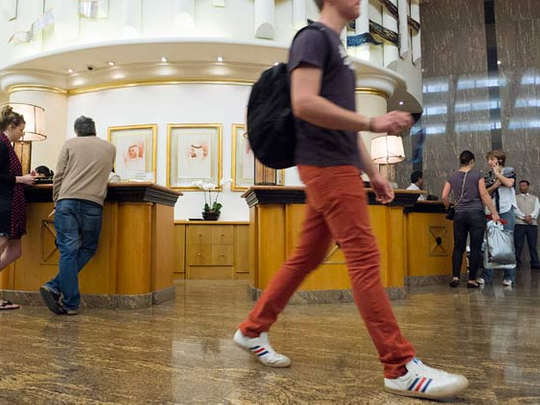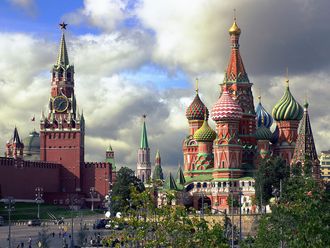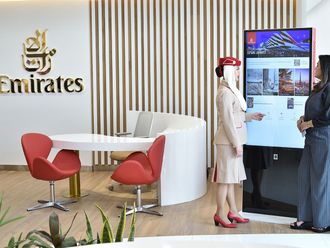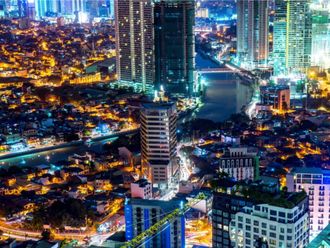
Dubai: Hotels in Dubai recorded 80 per cent occupancy in 2013 as the hospitality market absorbed the influx of new hotel supply, according to the latest report by global consultancy Ernst and Young (EY).
“The GCC region recorded positive growth, but markets in the Levant and North African region saw a decline in performance compared to 2012,” said Yousef Wahbah, Head of Transaction Real Estate for the Middle East and North Africa at EY, in an emailed statement.
Last year saw the addition of 2,780 hotel rooms within the 4- and 5-star hotel segment to Dubai’s hotel supply, such as the Conrad Hotel on Shaikh Zayed Road and The Oberoi hotel in Business Bay.
While occupancy remained stable in 2013 compared to 2012, average room rate (ARR) grew by 6.4 per cent to $278, leading revenue per available room (RevPAR- a benchmark for performance) to reach $223, representing an increase of 5.9 per cent.
Meanwhile in Abu Dhabi hotels, occupancy rose 1 per cent to 77 per cent, while ARR climbed 6 per cent to $207 and RevPAR grew by 7.4 per cent to $160, as per the report.
Elsewhere in the region:
Hotels in Egypt recorded the lowest occupancy rates in the region during 2013, according to the report.
Occupancy dropped 15 per cent in Cairo to 24 per cent compared to 39 per cent in 2012, while RevPAR fell 38.3 per cent to $21 from $34 in 2012.
Accor’s Sofitel Cairo El Gezirah has recorded around 50 per cent occupancy, according to Christophe Landais, managing director for the Middle East of the French hotel chain.
Meanwhile in Sharm Al Shaikh, occupancy reached 64 per cent last year from 75 per cent in 2012, representing an 11 per cent drop, and RevPAR declined 5.6 per cent to $33.
Elsewhere in the region, occupancy changed marginally, with Doha recording 64 per cent from 65 per cent in 2012 and Riyadh registering 58 per cent from 57 per cent in the previous year, while Jeddah remained stable at 79 per cent.
December performance
In December, Dubai hotels registered 82.3 per cent occupancy in December, representing a drop of 1.1 per cent compared to the same time in 2012, while RevPAR increased by 3.4 per cent to $251, according to the report.
Over in Abu Dhabi, hotel occupancy rates dropped 1.0 per cent to 80 per cent compared to 81 per cent during the same period in 2012.
“The UAE’s stable occupancy rates and increases in RevPAR in December 2013 can be largely attributed to the peak season for tourism, given the country’s mild winter weather. December has always been a peak month for tourism in the Emirates, attracting visitors from the region, as well as from around the world, to its many tourist attractions,” Wahbah said.












